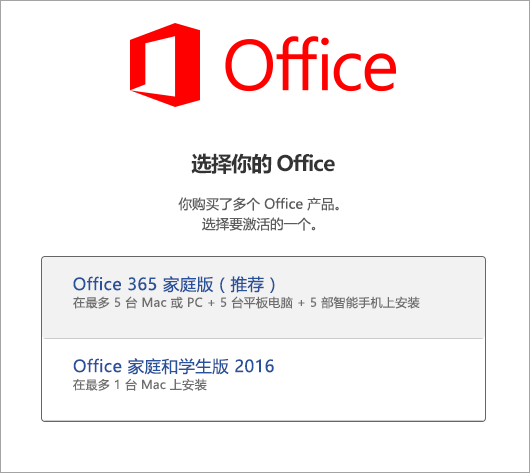
To correct this issue, drag the Microsoft Office 2011 folder to the Trash, and then reinstall Office. If you rename or modify any of the files in the Microsoft Office 2011 folder, you cannot install product updates. Download Microsoft Office for Mac 2011 Service Pack 1 (14.1.0) from Official Microsoft Download Center. Note This update is also available from Microsoft AutoUpdate, an application that can automatically keep your Microsoft software up. To remove the update installer, first drag the Office 2011 SP1 Update (14.1.0) volume to the Trash, and then drag the file that you downloaded to the Trash. For instructions, search for Microsoft help resources at Office Support. If all else has failed, you can manually uninstall. For instructions, see Microsoft's help documents: If the Office Installer doesn't work or is not available, try the Microsoft Fixit tool. Microsoft Office License Removal Tool For Mac Once Office Installer launches, follow the instructions to remove Office from your computer.Put the Office installation disc into the CD drive and double-click Setup.exe.If you are unable to remove Office by the above means and you have the installation disc, try launching the Office Installer: The Microsoft Office suites can leave files on your computer that, even after an uninstall, interfere with subsequent installations. Microsoft Office Mac License Removal Tool Double-click the older version to start the uninstall wizard, and follow the prompts to uninstall the program. Find the older version of Microsoft Office in the list of programs.To remove subscription files, follow these steps.įor help navigating, see Get around in Windows. If you don't assign a user a license, you can still deploy Office for Mac to that user, but the user won't be able to activate and use Office. If your organization has an Office 365 plan, make sure you assign each user a license for Office before you deploy Office for Mac to your users.



If you have Microsoft Works, Encarta, or an independent component of Microsoft Office (e.g., Word, Excel, Outlook, PowerPoint), remove it before attempting a new installation of Microsoft Office. Other Microsoft applications sometimes conflict with a Microsoft Office installation.UITS very strongly recommends that you uninstall any other versions of Microsoft Office on your Windows computer before installing a new version.


 0 kommentar(er)
0 kommentar(er)
